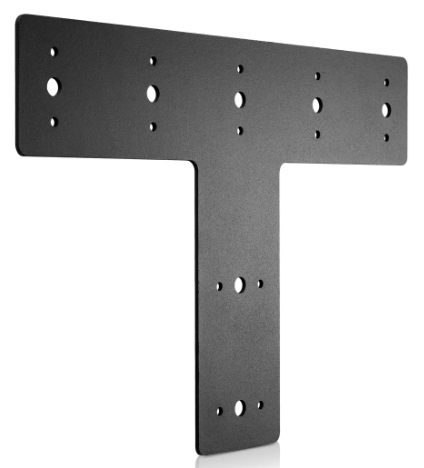When it comes to building design and construction, every piece plays a crucial role in keeping structures sturdy and long-lasting. This also applies to truss connecting plates. Often underestimated, these seemingly small pieces are absolutely essential in maintaining the stability and strength of various structures. Their significance cannot be overstated, as they dictate the durability and reliability of the overall framework.
● Versatility in Design Applications
One of the remarkable aspects of truss connecting plates
is their versatility in design applications. Whether it's a residential
dwelling, a commercial complex, or an industrial facility, truss systems with
connecting plates offer a flexible solution that can be tailored to meet
specific structural requirements. From supporting roof systems to reinforcing
floor assemblies, these plates adapt seamlessly to diverse design needs, making
them indispensable in modern construction projects.
● Efficiency in Installation and Assembly
Time is money in the construction industry, and truss
connecting plates prove their worth by streamlining the installation and
assembly process. Unlike traditional joinery methods that demand intricate
woodworking skills and time-consuming techniques, these plates enable rapid
assembly with minimal labor requirements. With their pre-engineered designs and
standardized dimensions, they facilitate quick and efficient construction,
contributing to project timelines and cost-effectiveness.
● Key Players in Structural Stability
Truss connecting plates are not just ordinary metal
pieces; they are the backbone of truss systems, which form the framework of
countless buildings worldwide. These truss plates come in various shapes like X,
L, T, etc., each serving a specific purpose in distributing loads and
maintaining structural stability. By securely fastening the truss members
together, these plates ensure that the load-bearing capacity of the structure
remains intact, even under significant stress.
● Enhanced Load Distribution
The ability of truss connecting plates to distribute
loads evenly across the truss members is paramount for ensuring structural
integrity. By effectively transferring forces between individual components,
these plates prevent localized stress concentrations that could lead to
premature failure. Whether it's dead loads from the structure itself or live
loads imposed by external factors, such as wind or snow, truss connecting
plates play a pivotal role in maintaining equilibrium and safeguarding against
structural collapse.
● Durability and Longevity
In the relentless battle against environmental factors
and wear-and-tear, truss connecting plates emerge as stalwart defenders of
structural durability. Crafted from high-quality materials and subjected to
rigorous manufacturing standards, these plates exhibit exceptional resilience
against corrosion, moisture, and mechanical strain. Their robust construction ensures
long-term performance, reducing the need for frequent maintenance and repairs,
and prolonging the lifespan of the entire structure.
● Economic Viability and Sustainability
Beyond their immediate benefits for construction
efficiency and structural integrity, truss connecting plates contribute to
economic viability and sustainability in the built environment. By optimizing
material usage and minimizing construction waste, these plates align with
sustainable building practices, promoting resource efficiency and environmental
stewardship. Additionally, their long-lasting performance translates into
lifecycle cost savings, making them a prudent investment for developers,
contractors, and property owners alike.
The End Note

Comments
Post a Comment